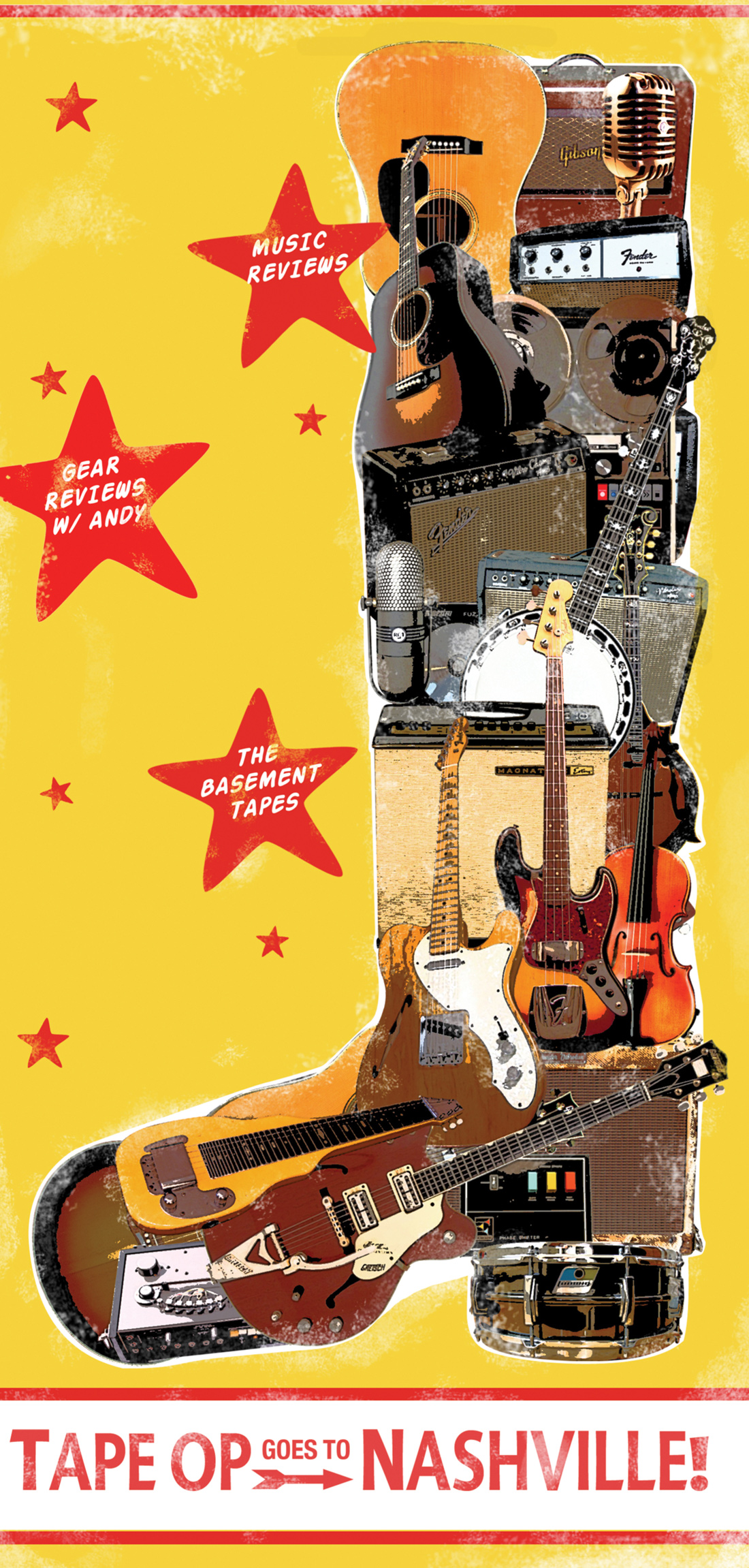I've mentioned before that one of the goals of Tape Op Gear Reviews is to educate our readers. In other words, we strive to publish reviews that are just as informative about recording techniques as they are about the specific products being reviewed. Therefore, even if you're not considering a purchase of any products on these pages, I'm hoping that you'll find value in reading what's here. I know that I learn something new from the reviews in each issue, and I love turning that knowledge into action. For example, in the Flexiguy FG500 mic preamp review, Mavericks Studio owner Bobby Lurie opined about how recording through a single preamp type simplifies the workflow, puts greater focus on the music (instead of the gear), and importantly, results in a more cohesive sound across instruments. Subsequently, the mix comes together naturally, with less bus compression and processing needed to "glue" it together. Over the years, I've built up a decent collection of outboard mic preamps, but for my most recent recording project, I decided to take Bobby's advice and go with one preamp type as much as I could. More specifically, I went with one preamp "family" — six vintage API 312 preamp cards that were modified and racked by Brent Averill Enterprises (now BAE) and five (non-vintage) BAE 312A preamps. The artist and I also decided to record the band live, including the lead vocal. (Because I was recording more than eleven channels at once, I had to supplement the BAE preamps with a few channels of Hamptone and Neve.) Quoting Bobby from his review, the various tracks ended up summing in a "seamless" way and sounded "wonderfully glued together." The final mixes were the easiest to complete in recent memory, and my notes from that session fill less than one page — a testament to how little processing was used in both tracking and mixing. I'm not saying you should sell off your racks of outboard preamps, but if it's been a while since you last recorded through a single preamp model (or through the preamps in your console), consider giving it a try, because you might have as much fun as I had. In the meantime, check out Hayley Thompson-King to hear songs from this session. In particular, watch the video of Hayley and her band performing "Dopesick", which was recorded at 11 AM (first take of the day) with no overdubs other than background vocals and second guitar.
On a related note, I learned something else while recording Hayley's band: Flipping the polarity of the headphone feed can significantly change what the musicians are hearing in the tracking room. For many of you, that's a "No Duh" statement. For me, it's "Doh!" Sure, like every other engineer who's recorded more than two mics at once, checking polarity at the mic preamp is something I do naturally during soundcheck. (And actually, I get even geekier. I adjust timing (phase) between mics, especially when tracking and mixing drums, but that's a whole other topic.) But I never thought to flip the polarity of the signal going to the artists' headphones! Try it yourself — put on headphones and monitor yourself singing into a mic. Flip the polarity anywhere in the signal chain. You'll hear a dramatic difference. What you're experiencing is the sound going through the air (and through your bones) combining with the sound emanating from the headphone drivers, with different amounts of delay — yup, phase cancellations. This makes me wish that personal headphone mixers had a polarity button on each fader channel, so that artists could optimize their headphone mixes accordingly. For now, I'll have to remember to test the polarity of the singers' mics during soundcheck while they're setting up their headphone mixes. - AH

